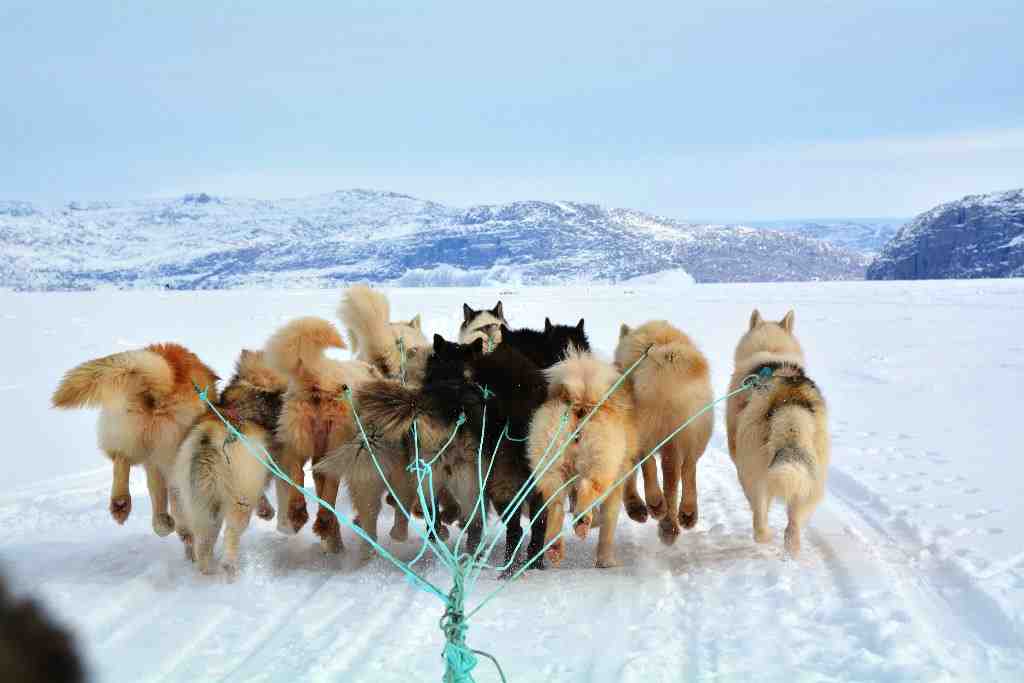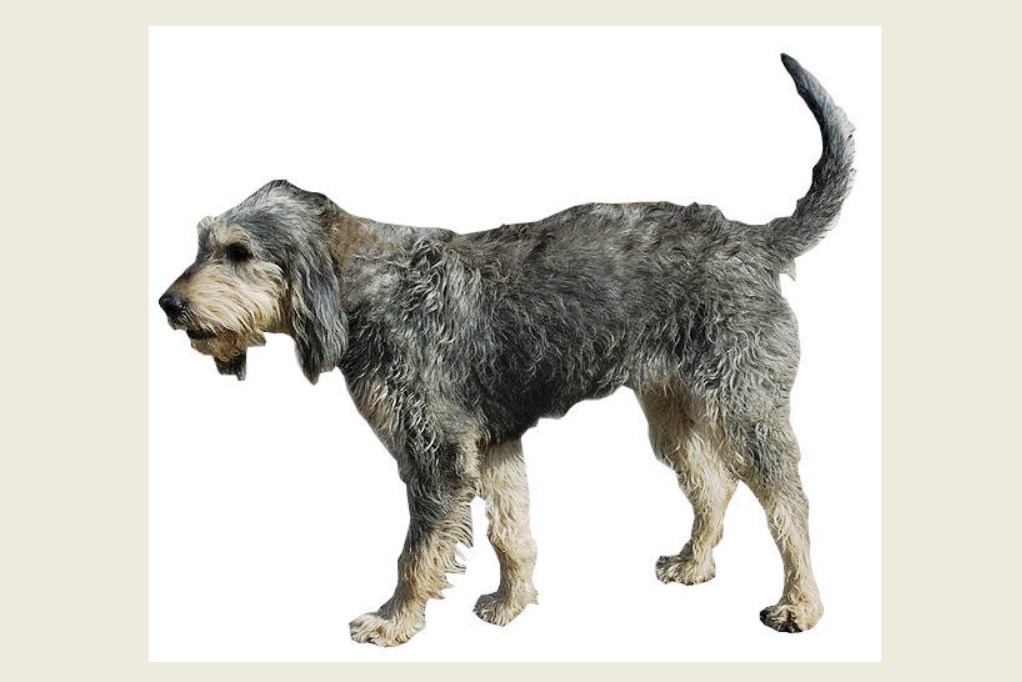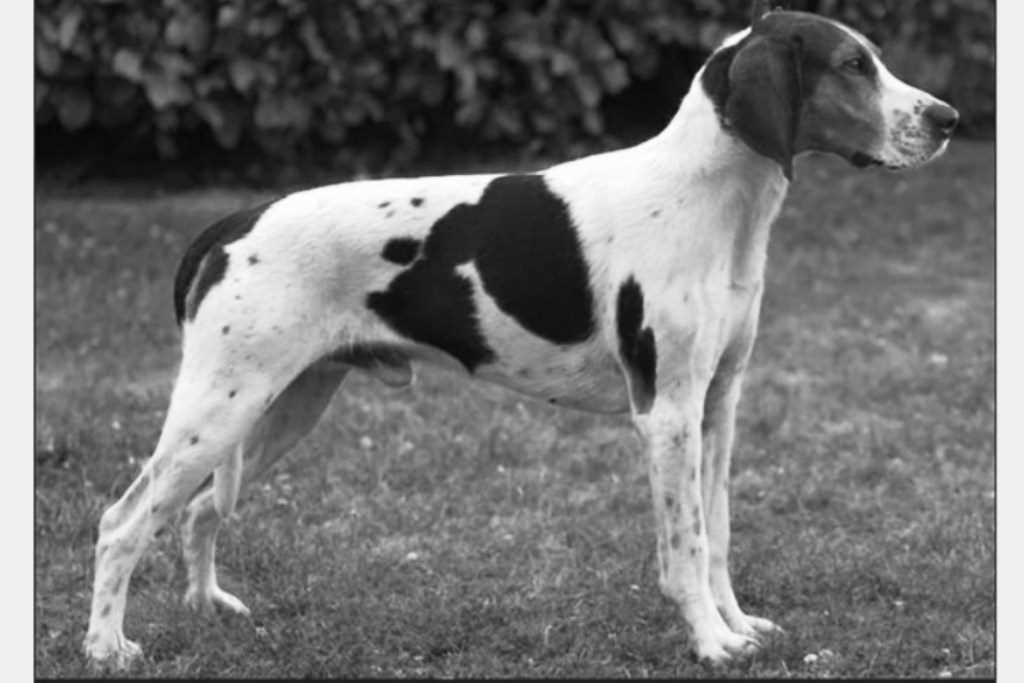The Greenlandic dog breed is one of the oldest dog breeds in the world and is believed to have remained closest to its ancestral origins. According to some characteristics, this dog is thought to be directly descended from the Arctic wolf.
In ancient times, it is assumed that the Greenlandic dog arrived in Greenland together with the Mongolian populations that migrated to the far north. Therefore the origins are Asian, from which other Nordic dog breeds such as the Russian lajka, the Alaskan malamute and the Siberian husky later originated.
It has always been used by Eskimos to pull sleds and to hunt seals and polar bears. It is considered to be one of the hardiest breeds, in fact, for centuries, it has always been focused on maintaining its characteristics of solidity, strength and tenacity, able to withstand the coldest temperatures. Only the healthiest, strongest and most resistant specimens were used, and this selection has meant that today’s Greenlanders are extremely robust dogs with enviable health.
They were only known in Greenland. After the Second World War, some Norwegian soldiers who had been stationed in Greenland brought local dogs with them; this is how this dog spread to Norway and later also to Denmark and Sweden. In the rest of the world they are practically unknown.
Character of the Greenlandic dog breed
The Greenlandic is a dog with a special character, not suitable for everyone. As a temperament, it is strong, loyal and friendly, but does not particularly bond to anyone. It is independent and tends to run away. At the same time, it is loyal and affectionate if it recognises a firm authority. In that case, being very intelligent, it is easily trainable, although it always remains a free spirit.
It is not suitable to stay in a flat, and indeed not even in a house, as it needs to live in the open air, but safely, as if it sniffs any prey, there is no telling how far it may go, until it reaches it and even eats it.
It is a dog born to run and to move, it must therefore do a lot of exercise, if this is lacking it easily becomes depressed. He is a very dignified animal and does not miss an opportunity to prove it. so he should not be taken at face value.
Like all Nordic dogs, it has no sense of ownership, so it is not suitable as a guard dog. One must be very careful with other dogs, especially those of the same sex, as he is quite quarrelsome and only respects those in his pack, just like wolves. Females are a little quieter in this respect. With humans, on the other hand, he is very sweet and with children he is patient and gentle.
Appearance of the Greenlandic dog breed
The Greenlandic is a medium to large dog; the height at withers for a male is 55 to 65 centimetres and the weight is 30 to 32 kilograms. It has a well-proportioned body with elegant lines.
Its build is solid and compact with a well-developed and very noticeable musculature. Its legs have a thick, strong bone structure and a highly developed musculature. The feet are rather large, and equipped with hard pads that allow it to move easily even on ice. The tail is thick and thick, is carried high and sometimes even rolled up on itself.
The muzzle is strong and wedge-shaped, the head, important wolf-like. The ears are always erect and set back, triangular in shape and not too big. The eyes are almost always dark, positioned obliquely. They have a frank and confident expression. Truffle: large and dark in colour, corresponding to that of the coat; often liver-coloured in subjects with a golden-red coat. It may become light-coloured in winter, called ‘snow truffle’.
As far as the coat is concerned, this being a polar dog, it has a coat with the typical double layer structure, whereby the lower layer is made up of woolly, dense hair, which insulates it and protects it from the cold. The upper layer, on the other hand, is broader and thicker than the undercoat. It is somewhat shorter on the head and limbs, while it is longer and more abundant on the rest of the body, with a tuft on the tail.
As far as coat colours are concerned, all are permitted, either plain or in combinations of several shades, even with streaks and spots. On the shoulder coat, it is very common to see a triangle-shaped colouring.
Care and health of the Greenlandic dog breed
The Greenlandic is a very strong and hardy dog and practically never falls ill, in fact it withstands extreme climatic situations. The only diseases that are rarely found are distemper and hip dysplasia.
Given its origins, it does not live well in an environment that is too warm compared to the low temperatures to which it is accustomed.
To care for its coat, its very thick and thick hair must be brushed regularly, at least once a day. The breed has retained its moulting characteristic and therefore loses a lot of hair at certain times of the year. It has a life expectancy of between 12 and 14 years.
As far as nutrition is concerned, given the extreme climate in which it lives, it needs to eat more than a dog of its size. It therefore needs to be fully fed and prefers fish to meat.
It can live outside without any problem, in fact this is recommended.


